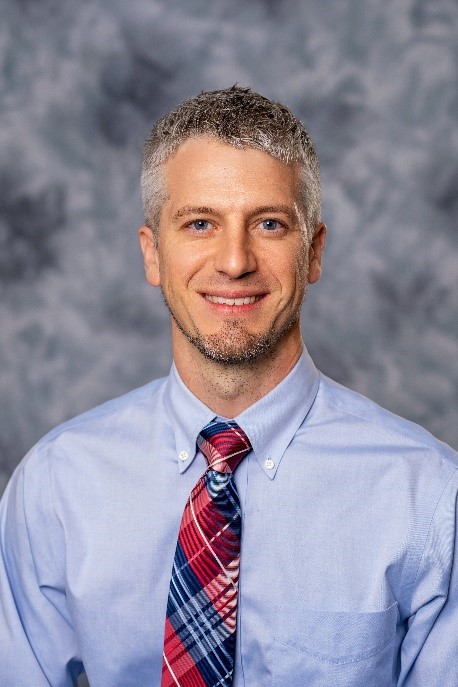Somato-Emotional Perspective in The Yucatan
24 Credits AOA CME Category 1-A
Location: Merida, Yucatan (Mexico)
Dates: November 1-7, 2025
Audience: Osteopathic Physicians and Residents
Presenter: Travis Gordon, DO, MSc
Cost: CME Participant - $5,000
Guest Traveler - $2,000

This introductory course aims to build upon our already existing understanding of anatomy and physiology through a more complete perspective and rediscover what was always in front of our eyes and under our hands: emotion. The course will explore the duality of emotion and the somatic system in which it stores itself to form one integral, simultaneous, unconscious process.
Exactly 100 years ago Wilhelm Reich first described the psychocorporal or mind-body concept in which five human “characters” were described. These were later revised and modified by Alexander Lowen and John Pierrakos, but the concept remains the same today: the mind and the body are inseparable, just as the first osteopathic tenet states that “A person is a unit of body, mind and spirit.” The Reichian characters will be emphasized as a road map to understand the somato-emotional concept through predictable strain patterns encountered in patients, as well as the emotional basis for their existence. Treatment will follow a fascial model informed by commonly underlying emotional patterns shared by all humans. Specific mind-body techniques to treat emotionally based strain patterns will be taught to treat non-physical causes of somatic dysfunction to create a shift in perspective from pathophysiology to “treating the health,” as Dr. Still taught.
Participants will also immerse themselves in the natural beauty of Yucatan and ancestral wisdom of the Maya to draw important parallels to osteopathy. The somato-emotional concept will be fully engaged both through treatment and personal experience within this course. Self-exploration and personal growth are emphasized above all as a means of improving osteopathic skills and patient treatment.
Understand specific physiologic mechanisms responsible for the interplay between emotions and the somatic system
- Describe differences between the conscious and unconscious with examples that pertain to the somatic system
- Comprehend basic concepts of Gestalt therapy and be able to effectively use them during medical interview, diagnosis and treatment
- Recognize the 5 characterologies in patients from both behavioral and structural perspectives
- Perceive myofascial strain patterns characteristic of each characterology and develop appropriate treatment plans based on prioritization of the patient’s specific needs
- Be able to relate the concepts of direct and indirect osteopathic techniques to psychotherapeutic strategies
This course includes:
- Hands-on training and techniques
- Daily cultural activities, including Day of the Dead
- Hotel accommodations
- Daily breakfast and a final celebratory dinner
City Express Plus by Marriot Mérida
Address: Calle 60 No. 346, Centro, Merida, 97000, Yucatan
Hotel accommodation is included in your overall registration package and fee. A member of our team will book your room for you.
Daily breakfast is included with your hotel stay. Lunch and dinner will be at your own expense, except for a traditional Day of the Dead lunch and the final celebratory dinner. Please refer to the detailed course itinerary for more information.


